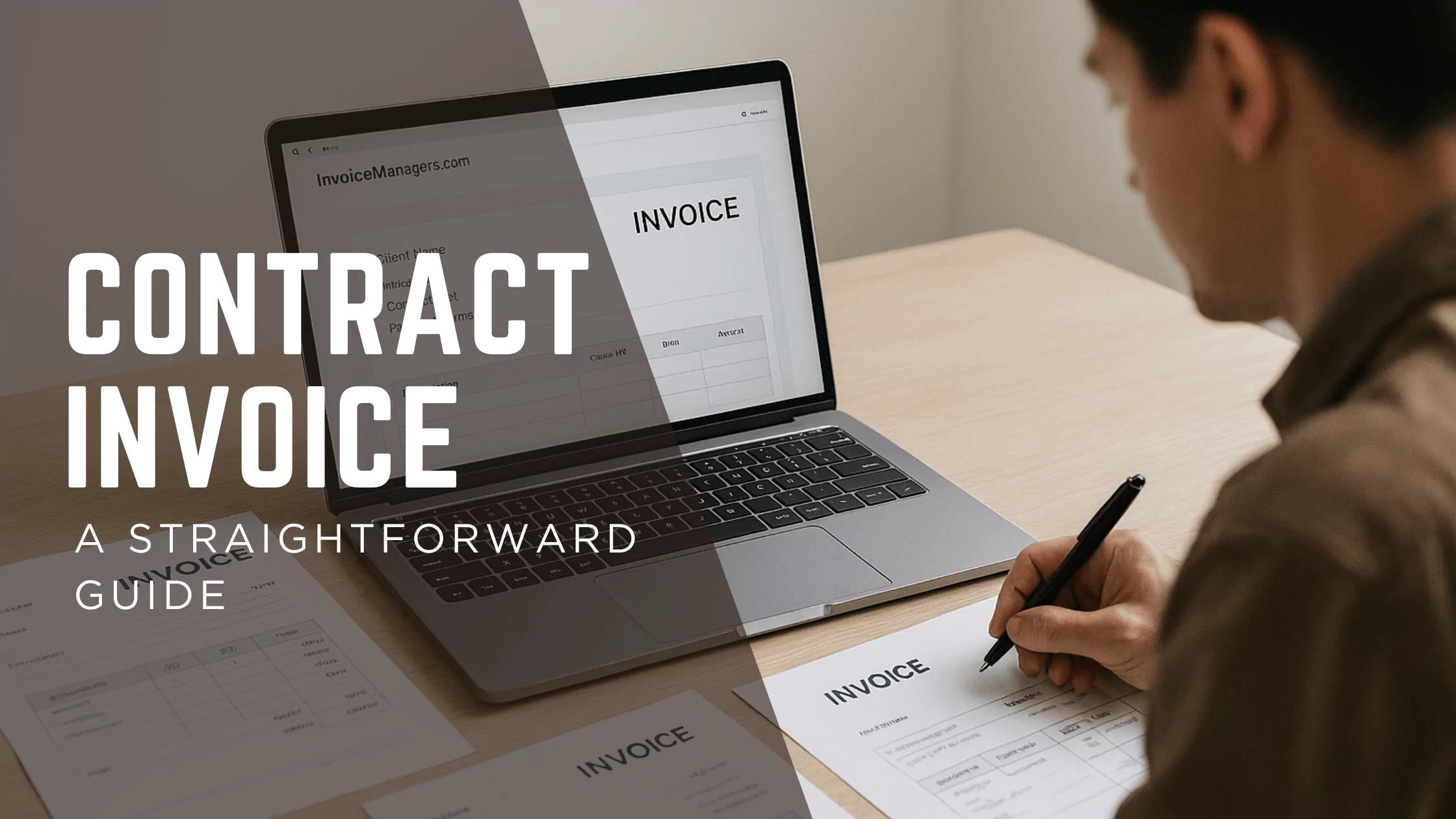
If you’ve ever finished a job and then sat staring at your screen, wondering how to bill your client properly—you’re not alone. Many freelancers, contractors, and small business owners face the same challenge. A contract invoice is the answer, but let’s be real: it’s often treated as an afterthought.
That’s a mistake.
What’s a Contract Invoice Anyway?
It’s not just another bill. A contract invoice connects directly to an agreement you already have with your client. For instance, if you signed a deal to build a website for $1,500, the invoice you send should point back to that contract. It will list the project, the scope, and the amount due.
Think of it as closing the loop: contract signed, work done, invoice issued. Simple.
Why Bother With a Proper Format?
Here’s the thing—people pay attention to presentation. Hand a client a sloppy invoice with no dates, no structure, and vague wording, and don’t be surprised if they drag their feet on paying. On the other hand, a clear contract invoice format gives off professionalism. It says, “I run my business properly.”
A strong format usually has:
- Your details and the client’s details
- Invoice number and date
- The contract number or project name
- The contract number or project name
- The contract number or project name
- Payment deadline
When everything is laid out, there’s less room for excuses or delays.
Why Do You Need a Contract Invoice Template?
Starting from scratch every time? That’s exhausting. That’s why a contract invoice template is gold. It’s like having a pre-drawn sketch—you just fill in the blanks.
Some people rely on Excel sheets, others use Word docs. But if you want something faster, online tools like instant Invoice make it much easier. You can create and download invoices in minutes, with all the right fields ready to go.
Real World Examples of a Contract Invoice
- A freelancer writing blog posts might send an invoice showing the number of articles completed.
- A plumber could bill for parts plus labor, all tied back to the job order.
- A consultant might simply charge by hours spent, but still refer to the signed contract.
The scenarios are different, yet the structure of the invoice remains the same.
A Few Tips That Make a Big Difference
Here’s what experience teaches you about invoicing:
- Don’t overcomplicate things. Keep the language simple.
- Always include a due date—open-ended invoices tend to be ignored.
- Offer at least two payment methods. Clients appreciate choice.
- Add a friendly line at the bottom, like “Thank you for your business.” It softens the request.
- Keep a copy for yourself. You’ll thank yourself at tax time.
Wrapping Up
A contract invoice is more than a bill. It’s proof of professionalism and a reminder of the agreement you worked under. Using the right contract invoice format keeps things neat, while an invoice template saves you time and frustration.
And honestly, if paperwork drains your energy, let technology help. Tools like InvoiceManagers.com give you ready-made templates that are quick, clean, and easy to adjust. Less time messing with invoices means more time doing the actual work you enjoy.